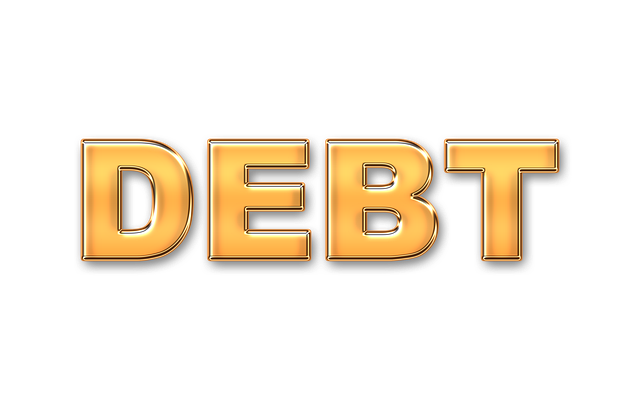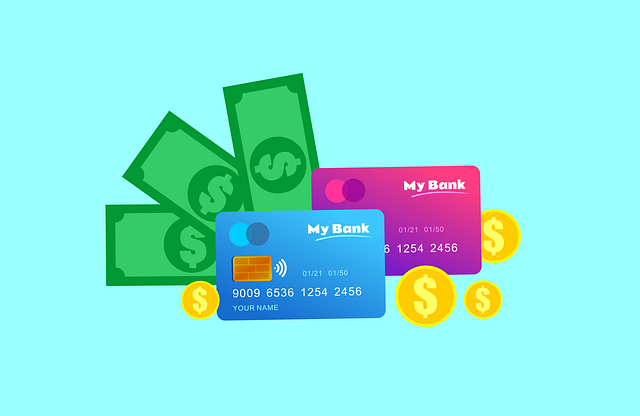Debt Restructuring vs Debt Review: Navigating Financial Obligations
Debt restructuring and debt review are distinct strategies for managing finances. Restructuring involves renegotiating loans with creditors to change terms like interest rates and repayment periods, offering a comprehensive solution but potentially impacting credit scores. In contrast, debt review is an initial assessment that analyzes income, expenses, and current agreements to provide a strategic plan without altering original terms. Debt review offers peace of mind and improved cash flow, while restructuring is ideal for drastic financial changes. Choosing between them depends on individual needs: restructure for significant term modifications or review for budget creation and financial control.
Navigating overwhelming debt can feel like a daunting labyrinth. Understanding the nuances between Debt Restructuring and Debt Review is crucial for making informed decisions about your financial future. This article delves into these two distinct strategies, clarifying their processes, benefits, and drawbacks to help you choose the best path towards financial health. Whether you’re considering restructuring or reviewing, gaining insight into these options is a vital step in reclaiming control of your finances.
- What is Debt Restructuring?
- The Role of a Debt Review Process
- Key Differences Between the Two
- Benefits and Drawbacks of Each Option
- Choosing the Right Path for Your Financial Health
- Next Steps and Resources
What is Debt Restructuring?

Debt restructuring is a strategic process that involves reorganizing and renegotiating an individual’s or entity’s existing debt obligations. It aims to create a more manageable repayment plan by modifying the terms of the original debt, such as interest rates, repayment periods, or even the types of debts involved. This option is particularly appealing when facing overwhelming debt, as it provides a chance to reset and rebuild financial stability. By restructuring, borrowers can expect to extend their repayment timeline, potentially lower monthly payments, and possibly reduce overall interest paid over time.
When considering Debt Restructuring Vs Debt Review, understanding the difference is key. While both options offer relief, debt restructuring typically involves significant changes to the original loan terms, making it a more intensive process. In contrast, a debt review is an initial assessment and analysis of one’s financial situation, helping individuals understand their options and make informed decisions. It serves as a stepping stone towards either negotiating with creditors or implementing a more comprehensive restructuring plan.
The Role of a Debt Review Process

The debt review process plays a pivotal role in helping individuals and businesses navigate their financial obligations, especially when faced with challenging circumstances. It’s a crucial step before considering more extreme measures like debt restructuring. During this phase, thorough analysis and assessment take center stage. Financial experts carefully examine an entity’s current debt landscape, including interest rates, repayment terms, and overall manageability. This meticulous process involves evaluating income, expenses, and credit utilization to pinpoint areas where adjustments can be made.
By comparing the current debt situation with the borrower’s capacity to repay, a clear direction emerges. Debt review provides a strategic roadmap, either facilitating manageable adjustments or highlighting the necessity for more comprehensive restructuring. This initial phase is essential in making informed decisions between debt restructuring and review, ensuring the chosen path aligns with the entity’s financial health and future prospects.
Key Differences Between the Two

Debt restructuring and debt review are two distinct strategies for managing financial obligations, each with its own unique approach and implications. The key differences lie in their scope and impact on both the borrower and the lender. Debt restructuring involves a comprehensive overhaul of the existing debt agreement, often including changes to the loan terms such as interest rates, repayment periods, or even the principal amount owed. This process aims to make the debt more manageable by adjusting the structure to fit the borrower’s financial capabilities better. On the other hand, debt review is a more focused and analytical approach where lenders examine the borrower’s financial situation to ensure fairness and accuracy in the existing agreement. It involves verifying income, expenses, and the overall feasibility of repayment without necessarily modifying the original terms.
Understanding these differences is crucial when deciding between restructuring and reviewing your debt. Restructuring provides a fresh start by altering the terms, making it suitable for those seeking a significant change in their financial obligations. In contrast, debt review is ideal for borrowers who want to ensure their current arrangement is fair and accurate, providing peace of mind without drastic changes. The choice between these options depends on individual circumstances, with each approach offering unique benefits tailored to different needs in the ongoing journey towards financial stability.
Benefits and Drawbacks of Each Option

When considering your options for managing debt, understanding the differences between debt restructuring and debt review is crucial.
Debt Restructuring involves altering the terms of your existing debt agreement, often through a formal process with creditors or by seeking professional assistance. This option offers benefits like lower interest rates, extended repayment periods, and potentially reduced monthly payments, making it easier to manage. However, it may also come with drawbacks such as extending the overall debt tenure and potential impacts on credit scores due to the restructuring process itself or previous missed payments.
Debt Review, on the other hand, focuses on evaluating your current financial situation and creating a new budget to better manage existing debts. It’s a more flexible approach that empowers individuals to take control of their spending and repayments. While it doesn’t offer the same structural changes as restructuring, debt review can provide significant benefits like improved cash flow, reduced stress, and long-term financial stability. Drawbacks might include requiring discipline and adherence to the new budget, and potentially not addressing the root causes of overspending.
Choosing the Right Path for Your Financial Health

When faced with overwhelming debt, deciding between debt restructuring and debt review is a critical step towards financial health. Both options offer distinct paths to manage and overcome debt burdens, but they cater to different needs. Debt restructuring involves making significant changes to your existing debt, such as lowering interest rates or extending repayment terms, which can be ideal for those struggling with high-interest loans or multiple debts with varying due dates.
On the other hand, a debt review is a more comprehensive assessment of your financial situation. It analyzes all your debts, expenses, and income to create a tailored strategy. This approach is suitable for individuals who want a fresh start but may not be ready for the commitment of restructuring or those seeking a more flexible solution to manage their debts effectively without making substantial changes to their loan terms.
Next Steps and Resources

Understanding the distinction between debt restructuring and debt review is a crucial first step in managing your financial obligations effectively. Now that you’re equipped with knowledge about both options, it’s time to take action. If you believe debt restructuring is the best path forward, consider reaching out to qualified professionals who can guide you through the process. They can help negotiate with creditors, restructure terms, and create a tailored plan aligned with your financial goals.
On the other hand, if debt review seems more suitable, utilize readily available resources for self-assessment. Many reputable organizations offer free debt analysis tools and counseling services. These resources enable you to gain insights into your spending habits, identify areas of improvement, and explore various strategies to regain control over your finances. Remember, each situation is unique, so tailor these steps to fit your specific needs and circumstances.
When facing overwhelming debt, understanding the nuances between debt restructuring and debt review is crucial. Both options offer pathways to financial stability, yet they differ significantly in approach and outcome. Debt restructuring involves rewriting the terms of your existing debts, while debt review focuses on analyzing and advising based on your current financial situation. By weighing the benefits and drawbacks of each, you can make an informed decision to choose the right path for your financial health. Remember, seeking expert advice is a vital step in navigating these options effectively.

